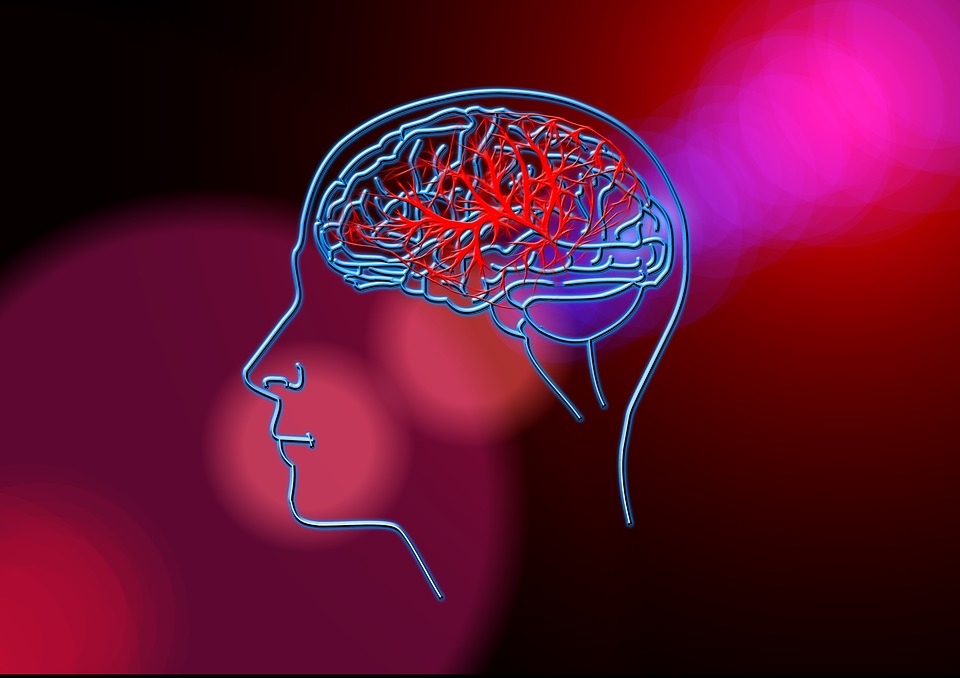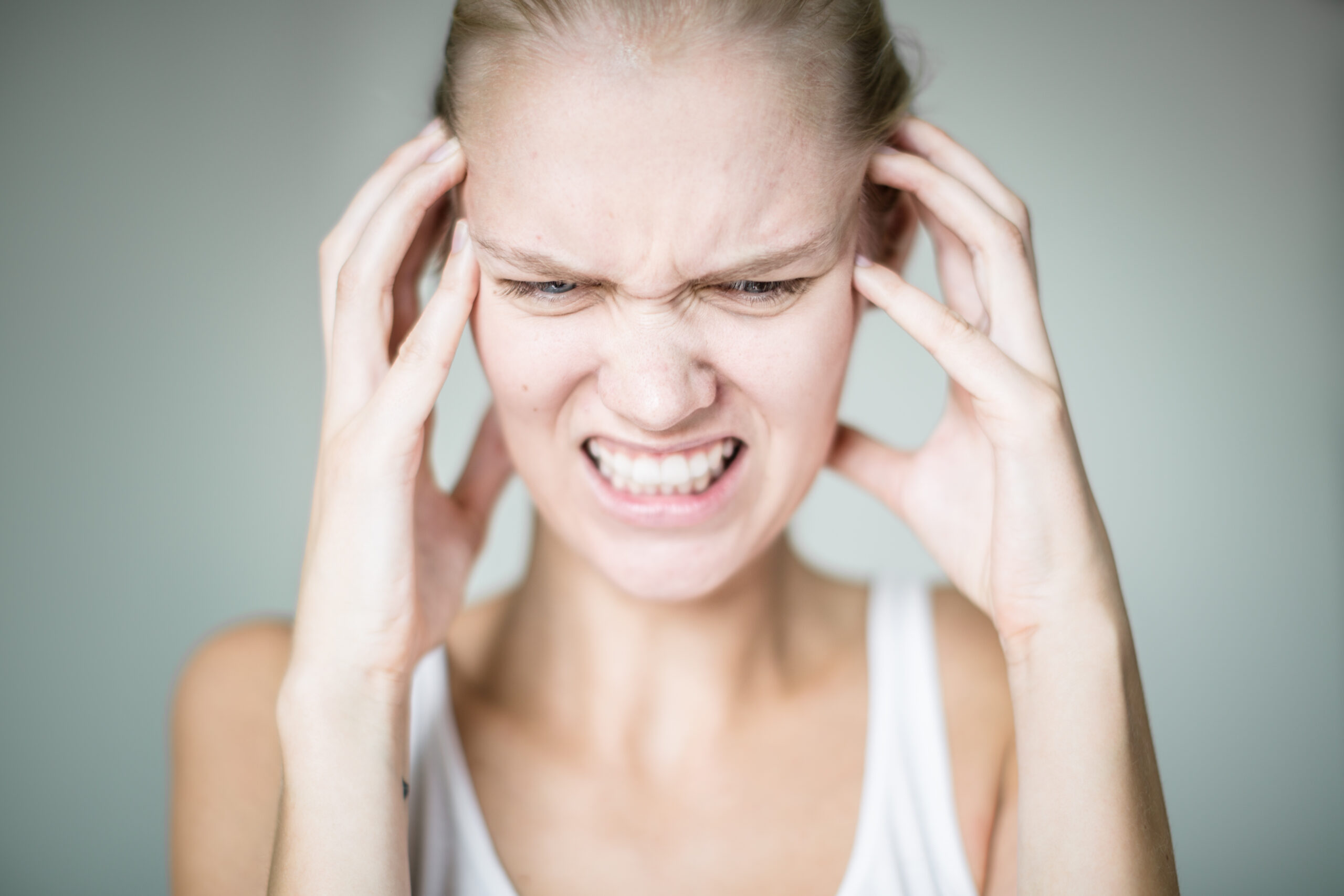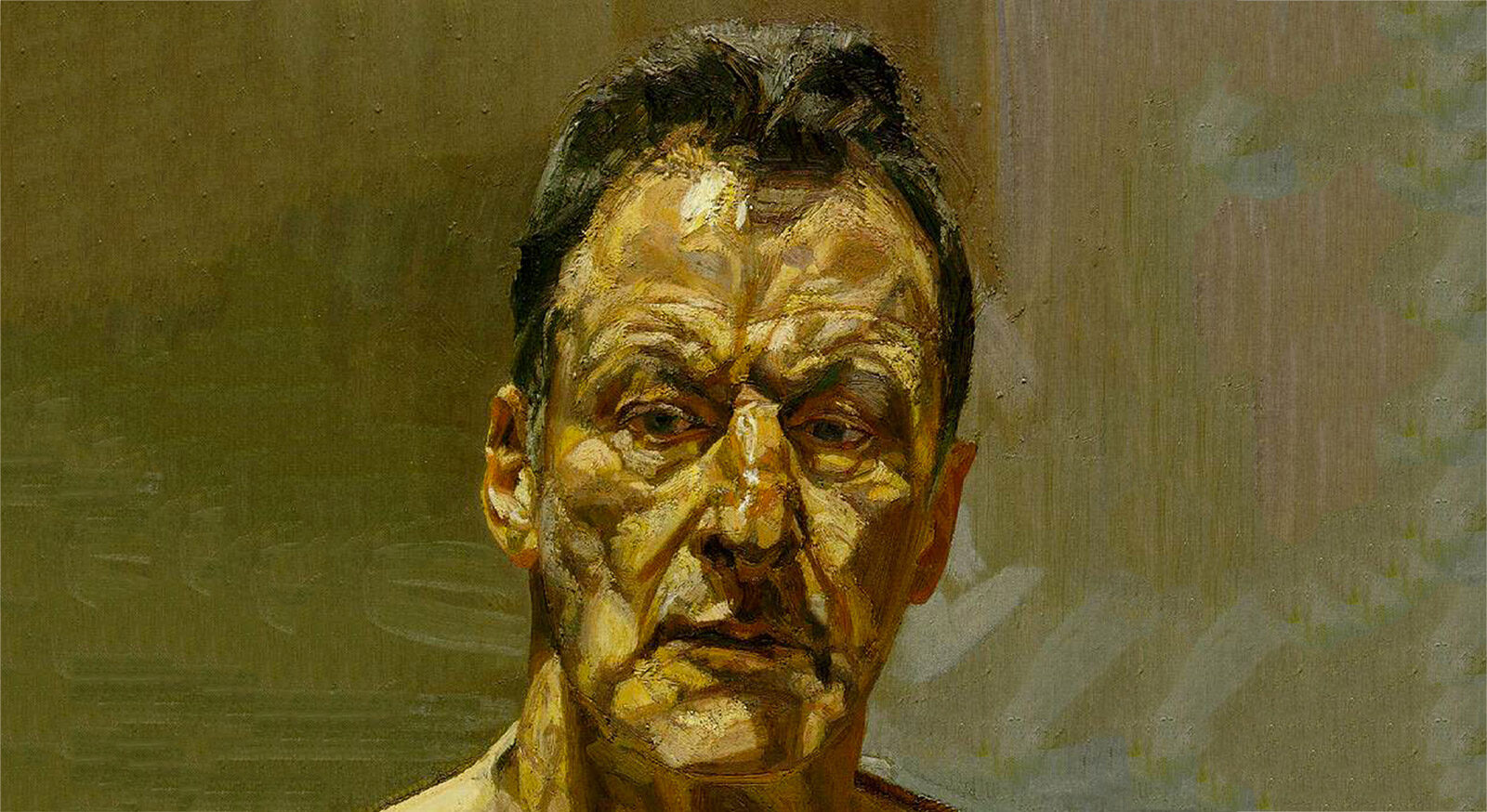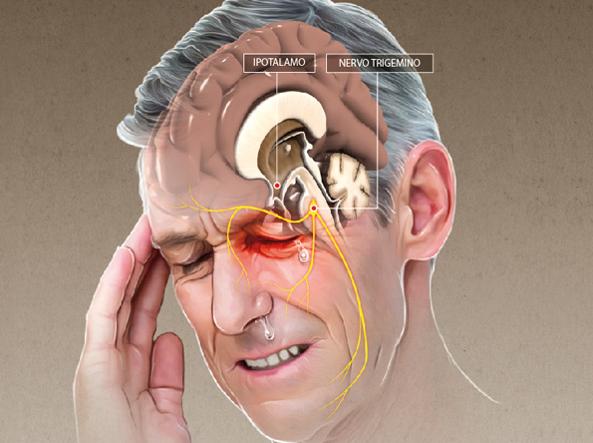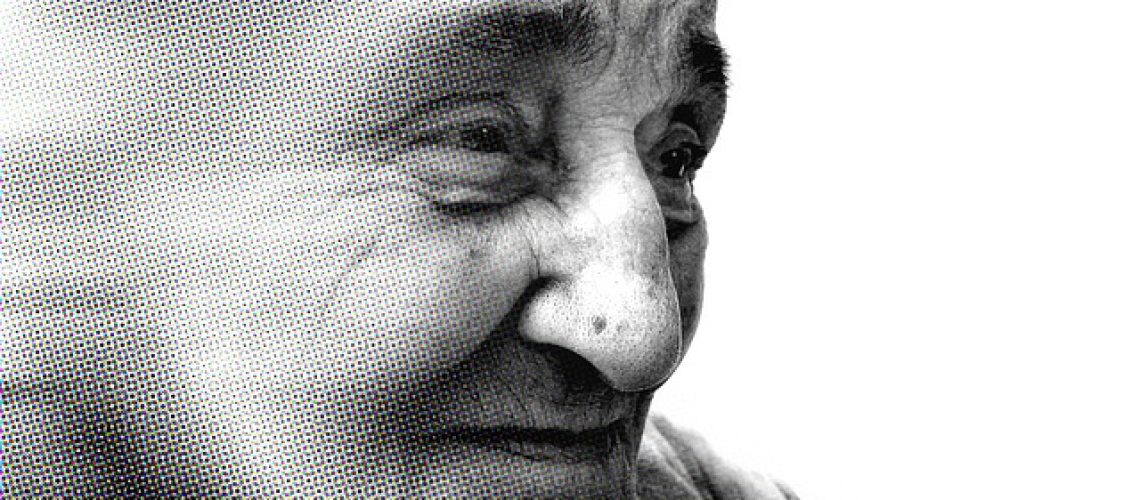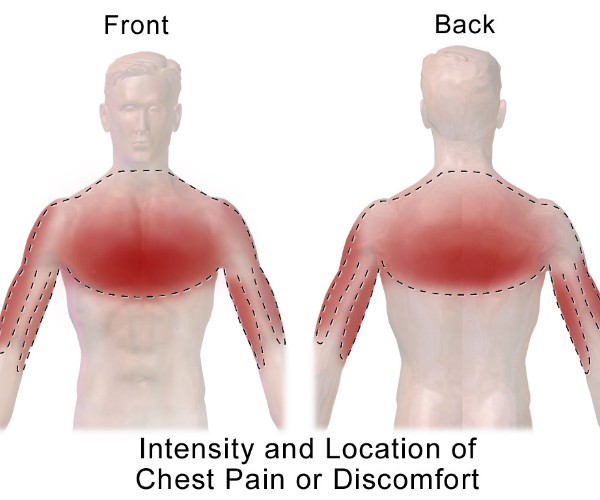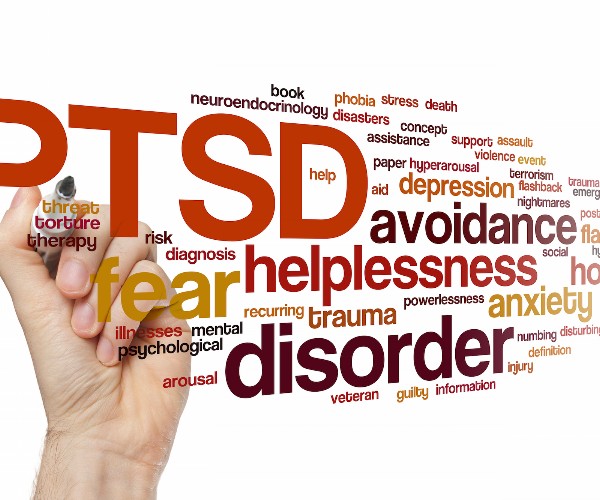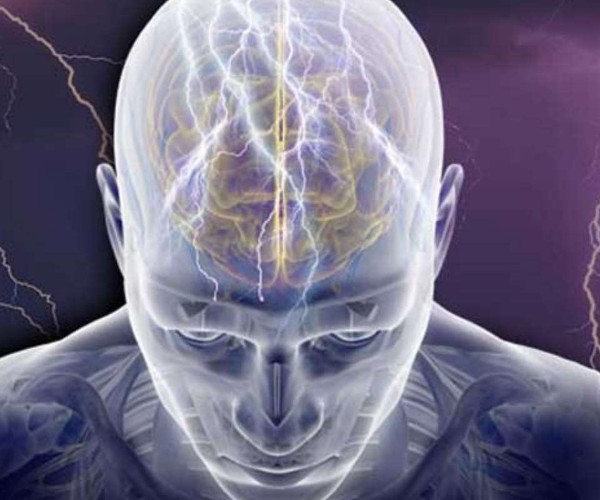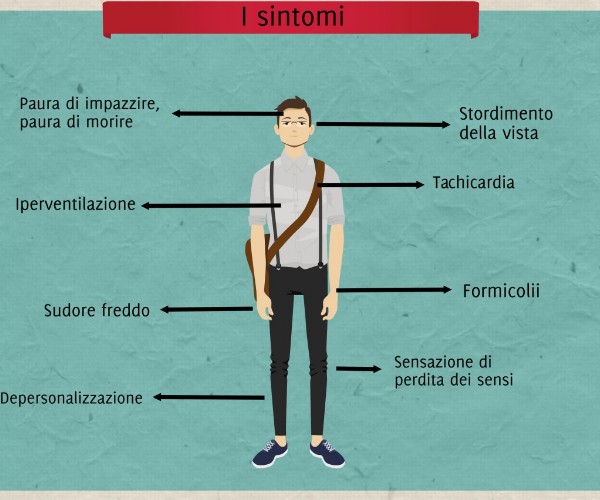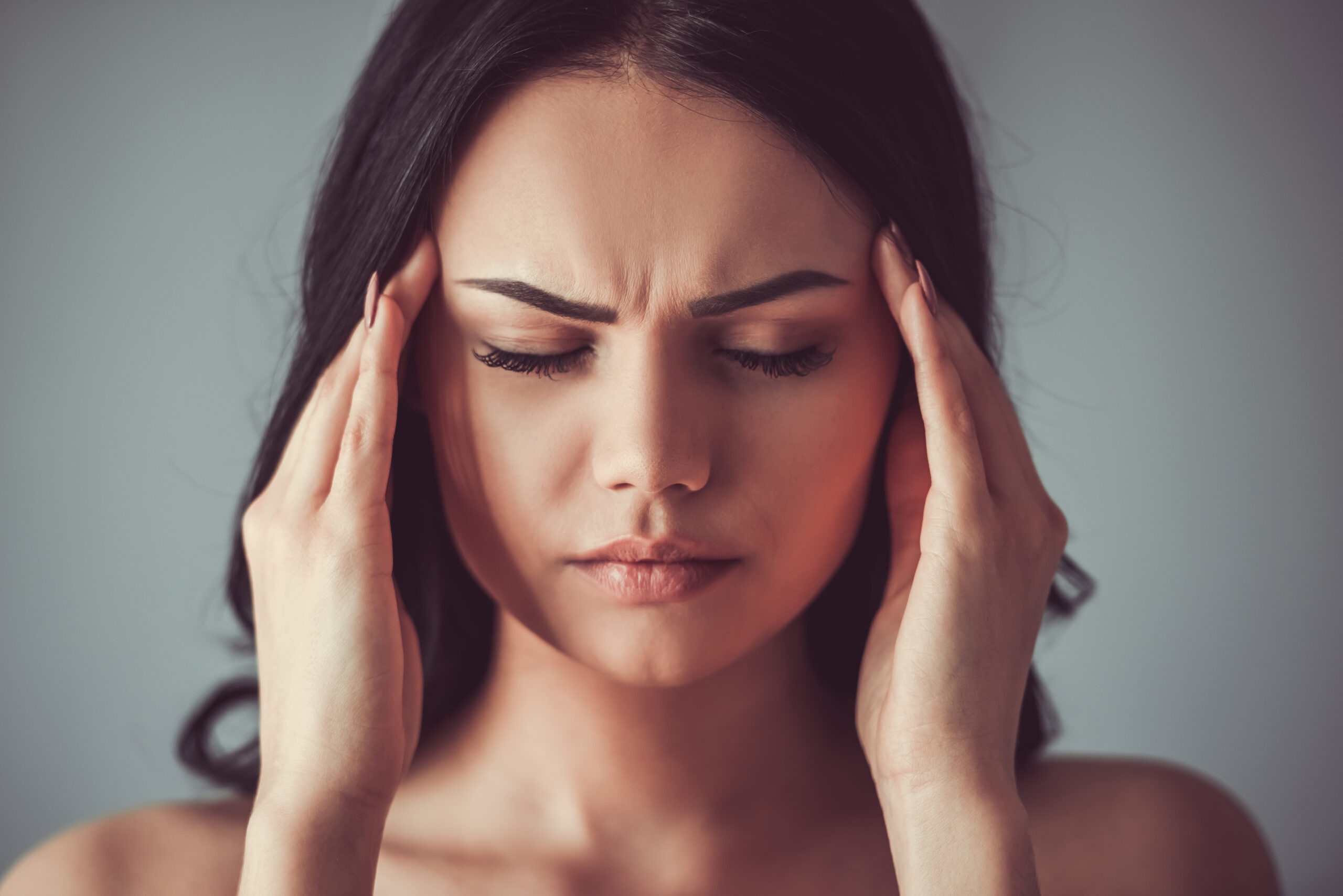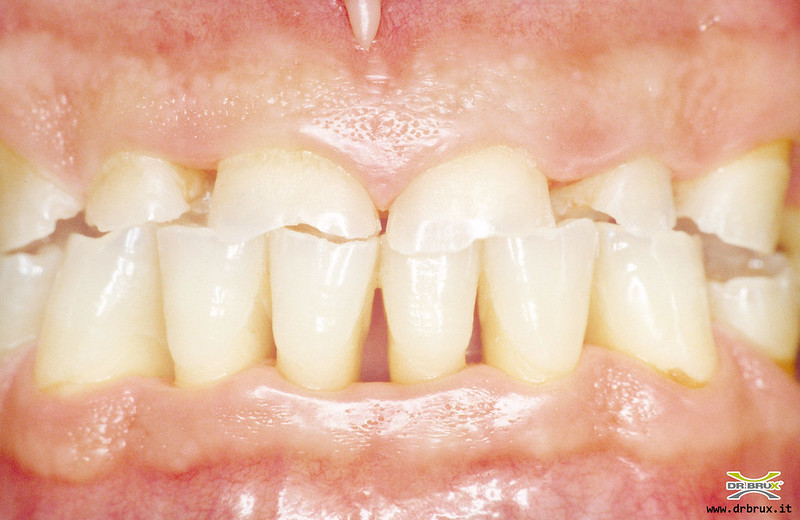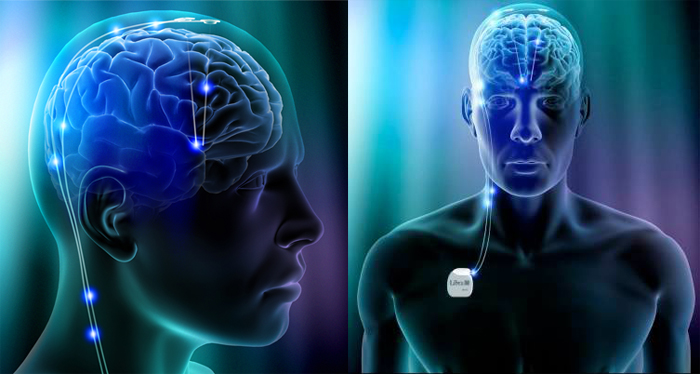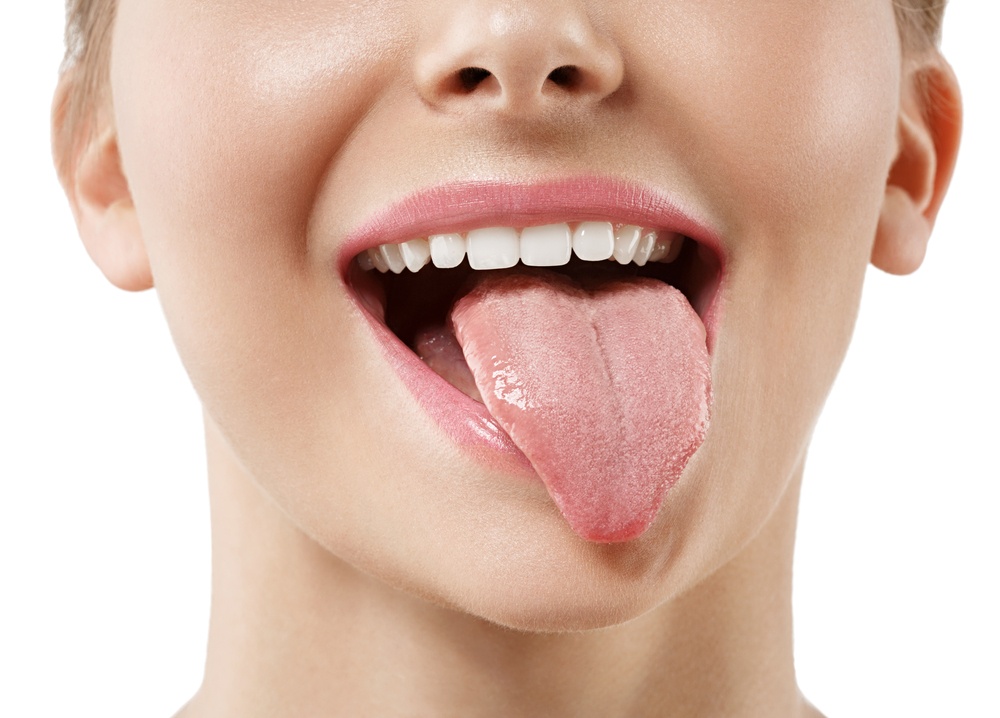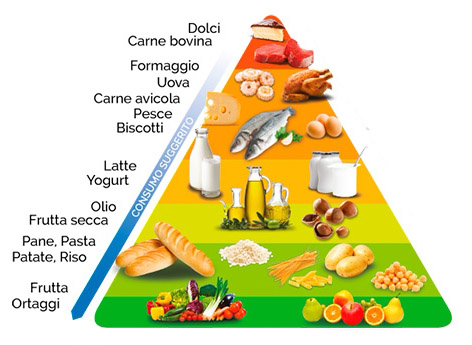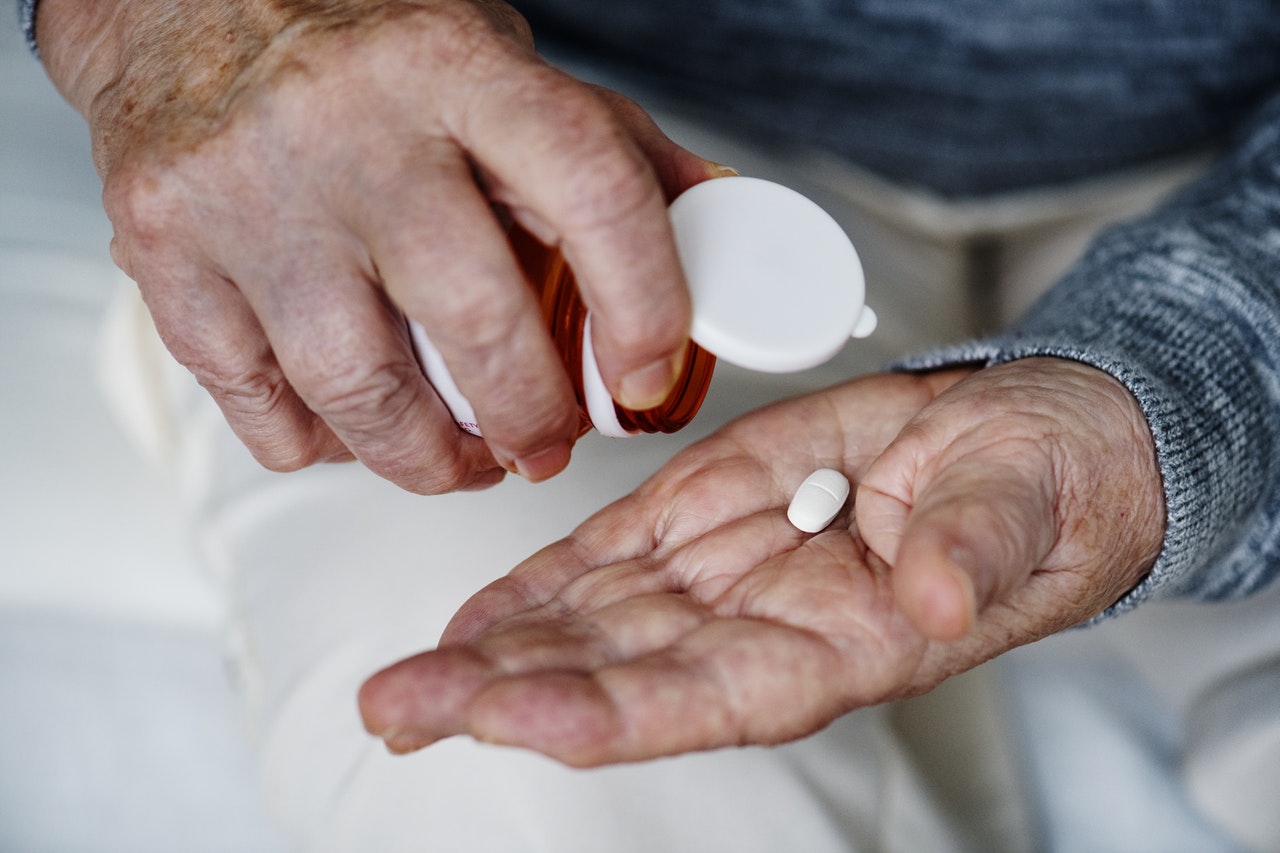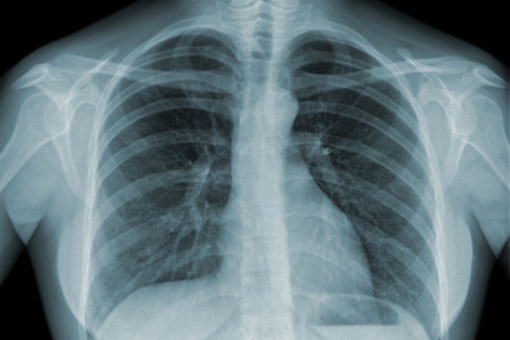A new study, recently published in JAMA Neurology, indicates that a simple blood test can reveal whether nerve cells in the brain are deteriorating at an abnormal rate. Researchers analyzed the presence of a protein, the so-called Neurofilament light Chain (NfL), in blood in patients with Alzheimer’s disease, finding a particularly high concentration of the protein.
Blood samples were collected over several years, and on several occasions, from 1,182 patients with varying degrees of cognitive impairment and 401 healthy subjects who made up the control group.
When nerve cells in the brain are damaged or die, the NfL protein enters the cerebrospinal fluid and then the blood: there were already suspicions about this, but long-term studies were lacking.
“We found that, in patients who develop Alzheimer’s disease, the concentration of NfL increases over time and that elevated levels correlate with the extent of accumulated brain damage,” said study coordinator Niklas Mattsson.
As is well known, Alzheimer’s is a complex disease that develops gradually and is difficult to analyze in its early, asymptomatic stages; the disease involves deterioration of cognitive and physical functions along with atrophy and death of brain cells. At present, there is no treatment that can reduce the loss of nerve cells in the brain, and available drugs are able to mitigate cognitive impairment but not slow the course of the disease. Measurements of NfL concentration in blood could be used to assess the effectiveness of a drug in influencing nerve cell loss and determine its optimal dosage.
Mattsson believes the method may soon translate into a standard clinical procedure: “at Sahlgrenska University Hospital in Gothenburg, we are doing the preparatory work to make this method available as a clinical procedure in the near future. Through a simple blood test, doctors will be able to measure nerve cell damage, produced by Alzheimer’s disease or other brain disorders.”.
Mattsson N, Cullen NC, Andreasson U, Zetterberg H, Blennow K. Association Between Longitudinal Plasma Neurofilament Light and Neurodegeneration in Patients With Alzheimer Disease. JAMA Neurol. 2019 Apr 22.





